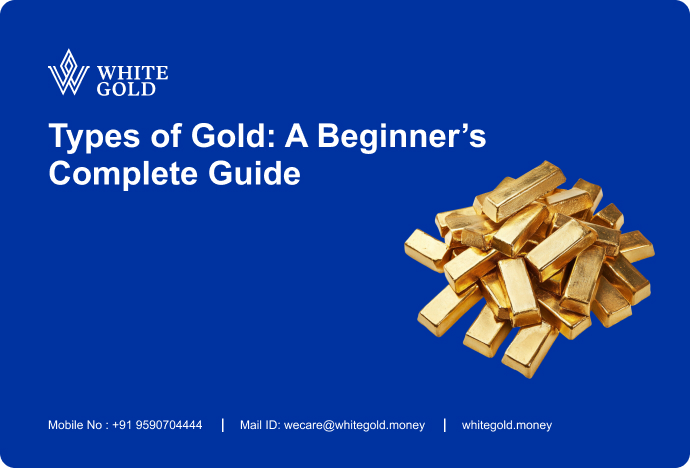The Role of Global Influences: How International Factors Drive Gold Prices in the Indian Market

5min read

The gold market is a constantly evolving entity, with prices rising and falling based on a wide range of factors. One of the most significant drivers of gold prices is the role of global influences, which can have a major impact on the Indian market. From economic shifts to political turmoil, international factors can play a key role in determining the value of gold and shaping market trends. In this article, we’ll explore the role of these global influences and how they impact the gold rate and the Indian gold market, shedding new light on this fascinating topic.
Interest Rates and Monetary Policies
Interest rates and monetary policies play a crucial role in shaping gold prices. When interest rates are low, owning gold has a lower opportunity cost, increasing its appeal as an investment. Additionally, loose monetary policies, such as quantitative easing, often lead to inflation concerns, which further boosts gold’s appeal. Gold prices are very sensitive to interest rate choices and monetary policy moves made by major central banks throughout the world. This includes the Federal Reserve, the European Central Bank, and the Bank of Japan.
Supply and Demand
Supply and demand dynamics across the globe also play an important role in gold prices in India. India is one of the world’s largest importers of gold, with the majority of imports being used for jewelry. Fluctuations in global supply and demand, therefore, have a significant impact on gold prices in India. For example, a rise in demand for gold in China can lead to higher prices in the Indian market.
Global Economic Conditions
Gold, often considered a safe haven investment, tends to flourish in times of economic uncertainty. When global economies face challenges like recessions, geopolitical tensions, or inflationary pressures, investors seek refuge in gold, driving up its demand and prices. In India, these global economic conditions have a profound impact on gold rates. A weakening global economy can lead to a depreciation of the Indian rupee, making gold more expensive for Indian buyers.
Currency Fluctuations
Gold is priced in U.S. dollars globally, which means that fluctuations in currency exchange rates can directly impact gold prices in the Indian market. When the Indian rupee decreases against the U.S. dollar, the cost of importing gold increases, leading to higher prices. Conversely, a stronger rupee can result in a lower gold rate. Currency fluctuations are influenced by a wide range of factors, including global economic performance, trade imbalances, and geopolitical events, all of which contribute to the volatility of gold prices in India.
In conclusion, it’s clear that global influences play a significant role in driving the gold rate in the Indian market. Various international factors such as political instability, economic uncertainty, and even natural disasters have the power to impact the demand and supply of gold and influence its prices.
While there may be some fluctuation in gold prices due to local factors, it’s essential to acknowledge and understand the larger global picture to make informed investment decisions in the Indian gold market. Therefore, keeping an eye on global events and trends, as well as local conditions, is crucial for investors who are looking to invest in gold.







